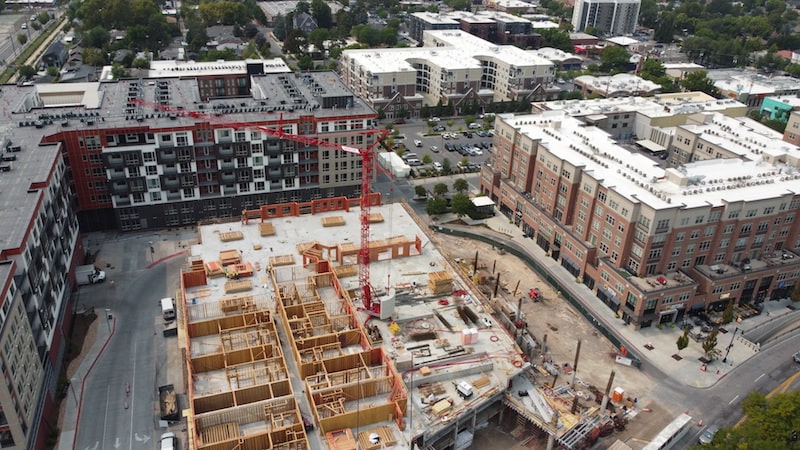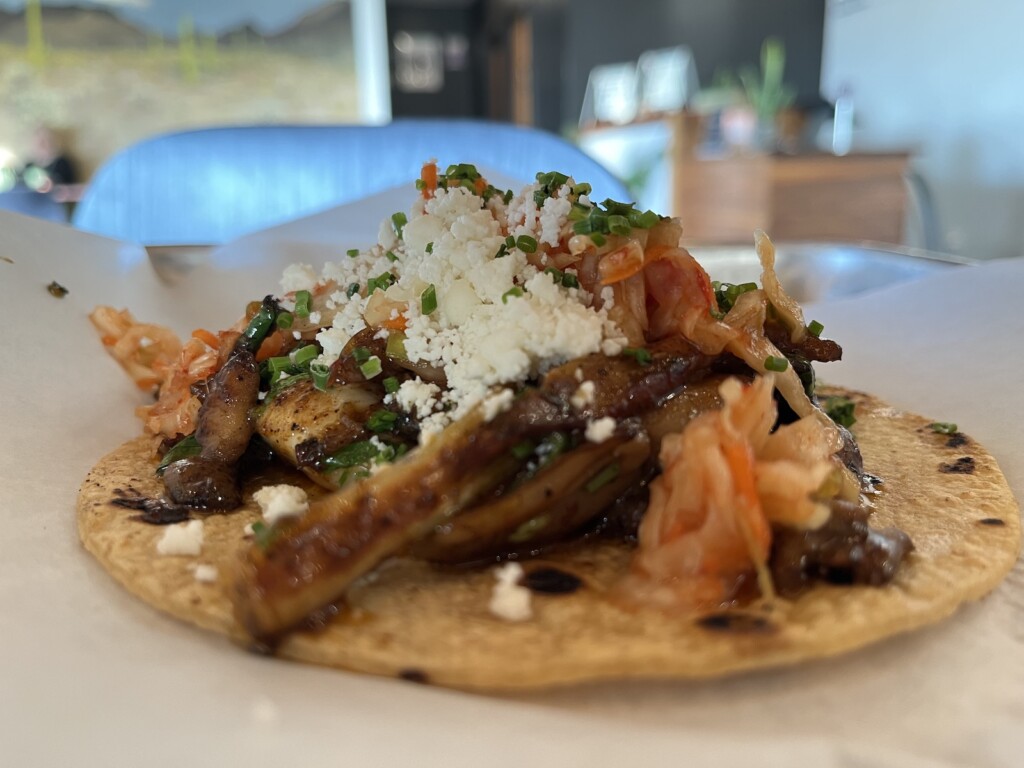
The traffic situation in Sugar House demands attention. With the population expected to grow, Salt Lake City is stepping up by addressing the situation with projects aimed at increasing public transit use as well as creating more walking and biking opportunities in the area.
“We’ve got to do something,” said Salt Lake City transportation engineer Lynn Jacobs, “The problem exists out there. We need to solve it.”
There’s no question about it: Sugar House is changing and it will keep on changing. Once the site of Utah’s state prison, it has become a trend-setting destination for dining, shopping, and living. Sugar House’s economic importance now rivals that of downtown Salt Lake City.
“It’s really interesting to think about Sugar House and the future of what this community will look like because it’s constantly evolving,” said Jacobs. As the area evolves, the need for transportation to adapt to that evolution becomes imperative.
Salt Lake City’s population grew dramatically in the last ten years, peaking at 200,932 in 2017. As a result, the city created both short and long-term goals for transportation to accommodate the influx of people. Salt Lake City’s website lists 16 active projects for the Sugar House area alone for 2021. There are seven projects for 2022, some of which are carryovers from the previous year. Plans extend as far out as 2025 and focus primarily on the main thoroughfares of the area, including I-80.
The Funding our Future initiative is the primary funding stream for transportation and infrastructure projects in the area. The project’s website says the goal is to create “more affordable housing options” as well as “providing safer neighborhoods and connecting residents and businesses to better transit and improved streets.”
One of the projects involves replacing the pavement between Warnock Avenue on Highland Drive and Logan Avenue on 1100 East. Jacobs said there is the possibility of going all the way to 900 South.
“The pavement is in really bad shape,” he said. “You go drive on Highland Drive and you’ll see exactly what I’m talking about.”
The current goal for Sugar House is to create spaces that are mixed-use. Because of how the streets are, widening them is not physically possible. The Local Link Study focuses on strengthening public transit, walking, and biking options while connecting the areas of Sugar House, Millcreek, and Holladay.
“It’s more about providing more options to people so that they can get around using other modes,” said Jacobs. Despite the city’s transportation projects, data shows the traffic situation is not as bad as perceived. Salt Lake City ranks 349th in traffic congestion, according to the Tom Tom World Traffic Index.
Congestion levels dropped to in 2020 from the previous year, most likely due to the pandemic. This trend was also observed in Los Angeles, which is known for its congestion. Different public transportation options from specialized bus service to rail are in the works as part of the city’s future plans for Sugar House. Jacobs said one of the transit goals is to extend rail to Sugar House’s central business area.
The current terminus of the S-line lies short of reaching that destination. However, the Utah Transit Authority received $12 million in March to add an additional stop according to KSL, making it one step closer to reaching the central business area.
Future rail expansion is still in the works. Jacobs said the city is still trying to find ways of materializing those projects once funding is available and in a manner that will function in the best way for everyone.
As with any project or plan, there is a difference of opinion among the public as to how it should be implemented. So far, the city received generally positive feedback on all projects when they surveyed for public opinion.
“The process it takes to get this stuff done is really long,” Jacobs said. Transportation plans for Salt Lake City as a whole look 50 years into the future. Regardless of that, the intention of all these projects is to create the kind of community people want and that can’t happen with complacency.
“That’s setting ourselves up for failure,” Jacobs said.
Subscribe to Utah Stories weekly newsletter and get our stories directly to your inbox





